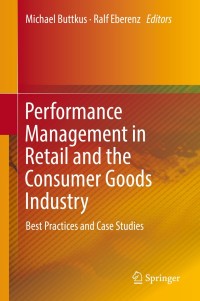Question
An International Flavor to Risk Reduction Earlier in this chapter (see Table 8.5), we learned that from 1900 through 2016, the U.S. stock market produced
An International Flavor to Risk Reduction
Earlier in this chapter (see Table 8.5), we learned that from 1900 through 2016, the U.S. stock market produced an average annual nominal return of 11.4%, but that return was associated with a relatively high standard deviation: 19.8% per year. Could U.S. investors have done better by diversifying globally? The answer is somewhat mixed. Elroy Dimson, Paul Marsh, and Mike Staunton calculated the historical returns on a portfolio that included U.S. stocks as well as stocks from 22 other countries. This diversified portfolio produced returns that were not quite as high as the U.S. average, just 9.5% per year. However, the globally diversified portfolio was also less volatile, with an annual standard deviation of 17.0%. Dividing the standard deviation by the annual return produces a coefficient of variation for the globally diversified portfolio of 1.79, nearly identical to the 1.74 coefficient of variation reported for U.S. stocks in Table 8.5.
Please answer in 2-3 paragraphs. International mutual funds do not include any domestic assets, whereas global mutual funds include both foreign and domestic assets. How might this difference affect their correlation with U.S. equity mutual funds?
Step by Step Solution
There are 3 Steps involved in it
Step: 1

Get Instant Access to Expert-Tailored Solutions
See step-by-step solutions with expert insights and AI powered tools for academic success
Step: 2

Step: 3

Ace Your Homework with AI
Get the answers you need in no time with our AI-driven, step-by-step assistance
Get Started


